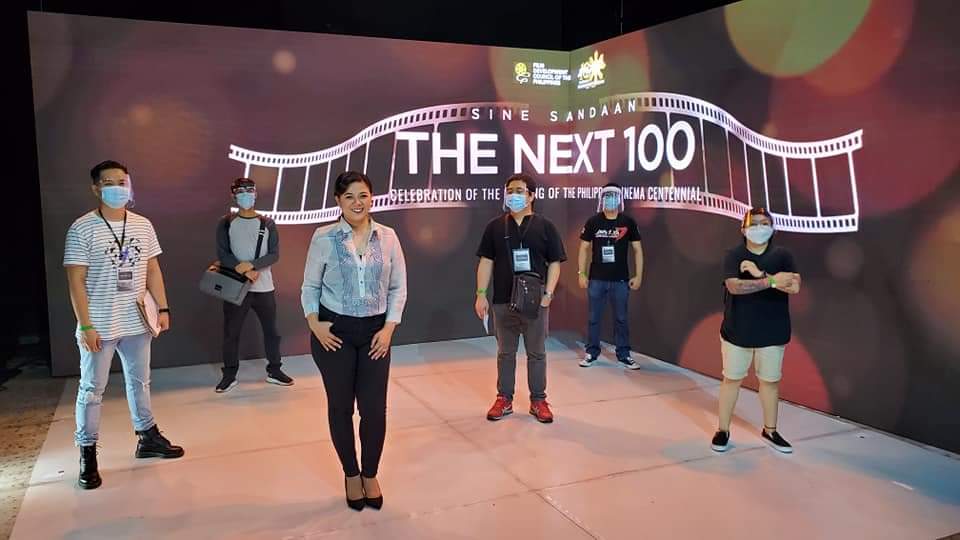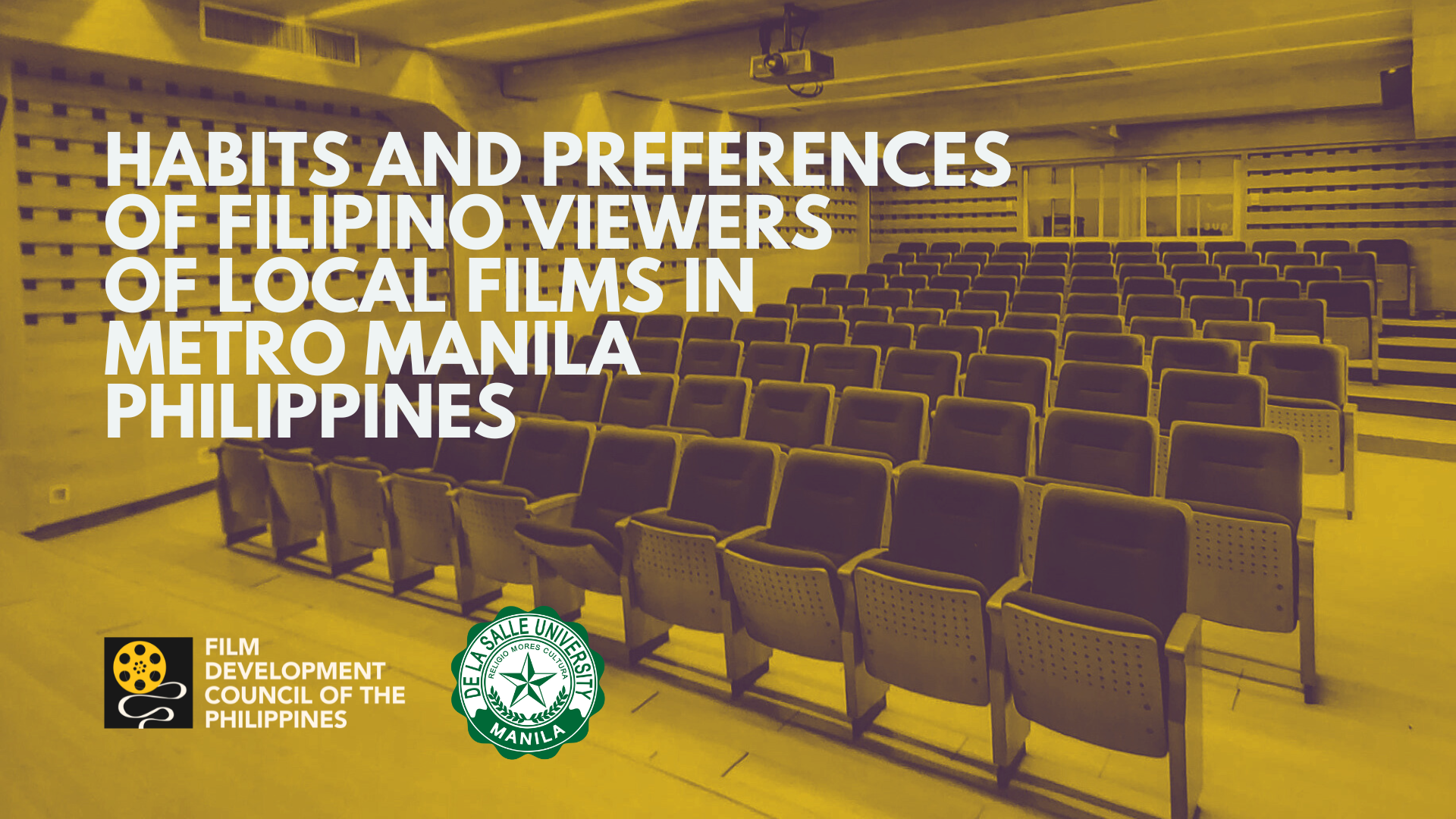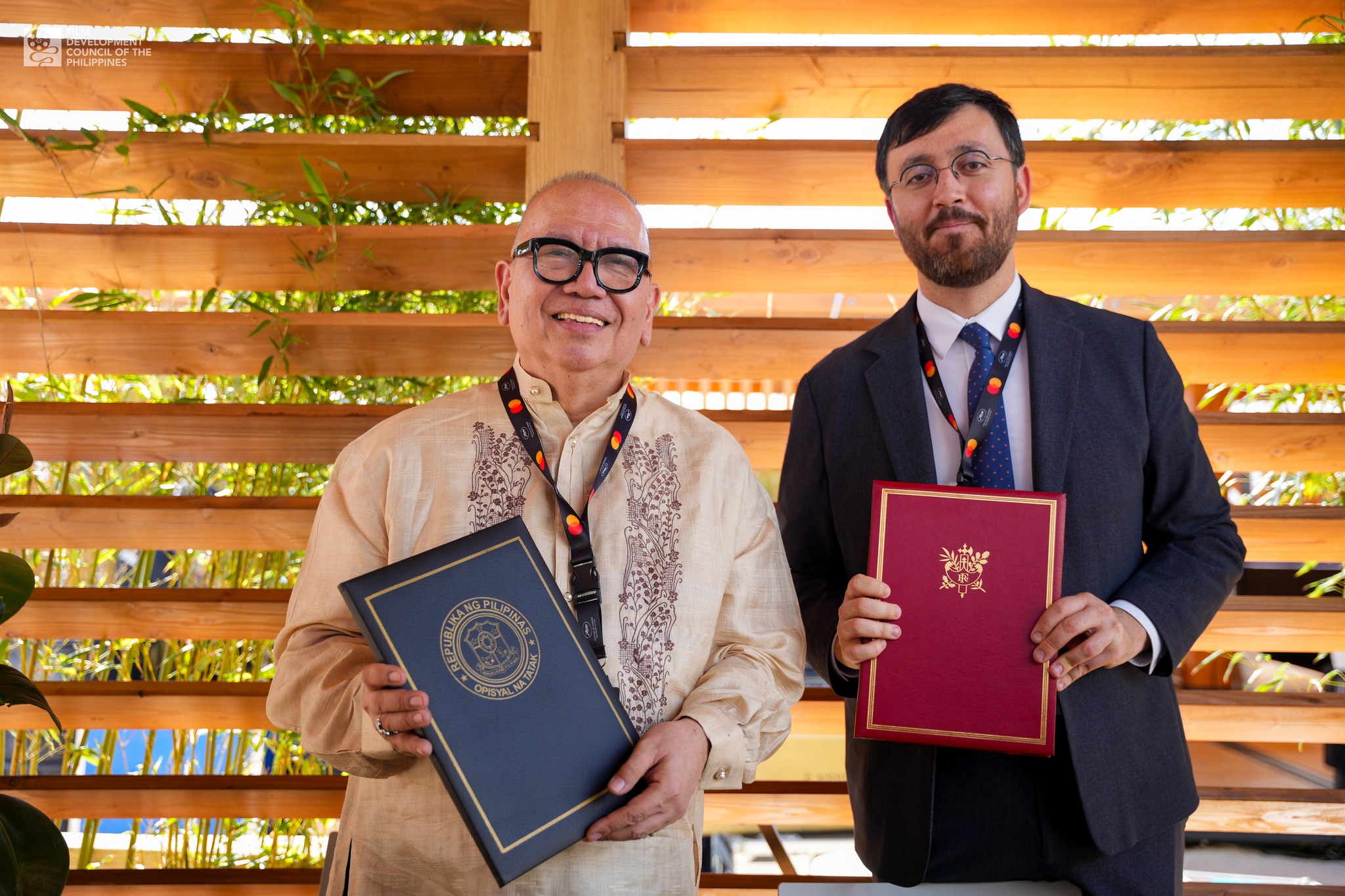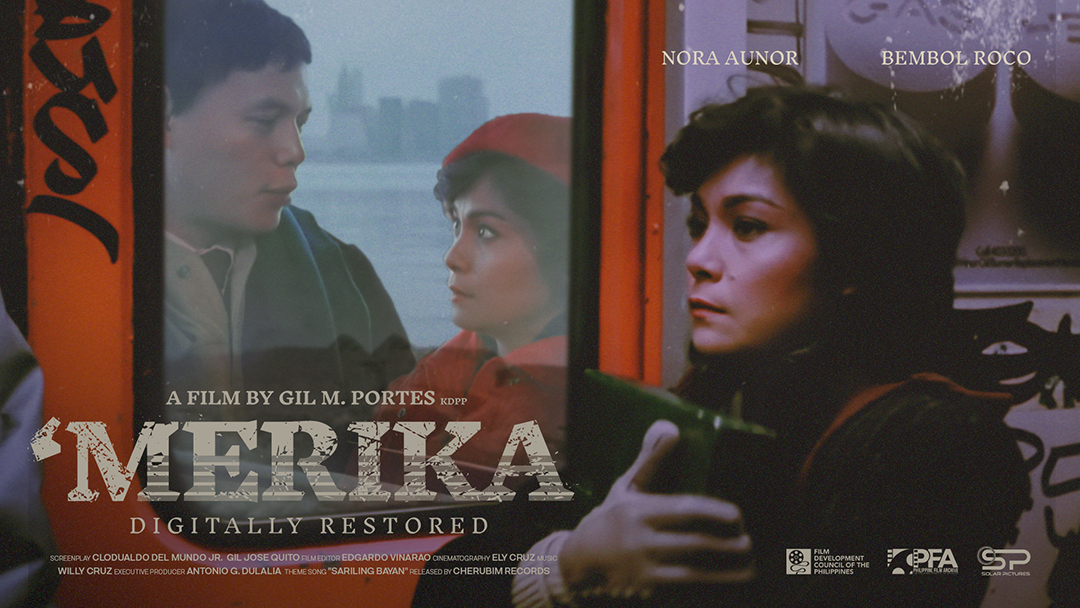Film and audiovisual workers are essential, too

Films and TV tend to imitate life — real-life situations, conditions and settings. This is why the film and audiovisual (AV) industry, as it depicts real-life scenarios in production shoots, encounters a unique challenge posed by the necessities of adapting to the ongoing Covid-19 pandemic.
Mass gatherings are normal for film and AV workplaces. A team of 50, which, in the new normal, is now set as the maximum number, was then considered a lean production team. A production in the “old normal” could involve hundreds of workers on the set, as it really takes a whole village to come up with a single full-length feature film.

Working for film and AV workers’ reclassification in the vaccine plan would greatly expedite the industry’s recovery process. CONTRIBUTED PHOTO/JAYMAR TALABON
Productions are transient, particularly for those with multiple locations. The constant set up, shoot and pack up is part of the daily grind. Even freelance film and AV workers have become “transient” because they can dabble in multiple movies as well as various projects from other sectors such as television, advertising and events within the same time frame.

On the set of Yaparazzi Productions, for example, workers enter a very unique and risky setup but this is what they do on a daily basis. CONTRIBUTED PHOTO/DAVID FABROS
A worker can report to a film shoot in Caloocan in the morning. After lunch, he proceeds to his television commercial shoot in Makati. He then takes off late in the evening for a teleserye shoot in Mauban, Quezon province, which commences the following day.

There is a need for the sector to be moved up in the priority list and be considered as essential workers. CONTRIBUTED PHOTO/JAYMAR TALABON
This typical work environment for most film workers is a far cry from the “new normal” work arrangements that are in place at the moment due to the pandemic lockdown implemented by the government, with the cooperation of the private sector, through the DTI-DoLE-DoH Joint Administrative Order (JAO).
Unfortunately, protocols are inevitably bound to be broken precisely because these workers are shooting scenes that simulate life — and not all these stories are necessarily set during the pandemic.
Furthermore, when actors perform in scenes, they have to remove their face masks and shields during makeup sessions, screen tests and takes. Workers also cannot religiously maintain the six-foot distancing rule because they have many close contact interactions in the production set throughout the day.
This is a very unique and risky setup, but this is what film workers do on a daily basis. While we are grateful that work has resumed, every day in a production shoot is like going to a battlefield. Knowing that you are at more risk because of the hazard of the situation, but you still do it because you need to earn and survive.
In other industries where workplaces are permanent, and movements of workers are predictable, these safety and health protocols are a lot easier to follow and comply with.
As the film agency that always look outs for the best of our industry, our goal is to appeal to our government to see our film and AV workers as essential, not only as creators of movies and teleseryes that helped us survive through this pandemic but also as essential to be prioritized in the vaccination rollout plan.
Lobbying for reclassification of film, AV workers
In the vaccination plan developed by the Department of Healt, film and audiovisual workers are part of the Phase 3-Priority Eligible C category for the rest of the Filipino population.
But understanding the film industry’s peculiar workplace setup, there is a need for our sector to be moved up in the priority list and be considered as essential workers. The industry itself echoes this sentiment, and we stand by the stakeholders who are also lobbying to be included in a higher priority group.
In support of this, the Film Development Council of the Philippines (FDCP) has reached out since January of 2021 to the DoH and Inter-Agency Task Force for the Management of Emerging Infectious Diseases (IATF-EID) to ask for guidance in the possible expansion of the classification for priority groups.
In the current vaccination plan, we are hoping for film and audiovisual workers to be included in the B3 category, which is for Other Essential Workers. We believe this to be a more fitting category given our situation.
Some three weeks ago, I reached out to Covid-19 Response Deputy Chief Implementer Vince Dizon to ask for assistance in appealing to the National Economic and Development Authority (NEDA) to reconsider the classification of film workers so we can safely resume work without fear of risking infection or outbreaks during production.
Working for film and AV workers’ reclassification in the vaccine plan would greatly expedite the industry’s recovery process. The vaccination would provide workers added protection on top of the health and safety parameters enforced in workplaces.
The film and AV industry’s income loss in 2020 was over P100 billion, including at least P2.4 billion for film and AV production and P11 billion for gross box office. More than 760,000 freelancers from the film, AV content and live events sectors have been displaced since last year.
Synergy of the government and film, AV industry
The collaboration of the film industry with the government was crucial in various Covid-19 responses for the industry, such as the FDCP’s Disaster/Emergency Assistance and Relief (DEAR) Program and the inclusion of film, audiovisual, and broadcast workers in the Bayanihan II fiscal stimulus package.
We are counting on the same vibrant and passionate synergy between the government and film and AV industry for the vaccine plan for film workers.
So far, we have received very promising news that this appeal may be considered. We thank our government partners, especially Secretary Vince Dizon, NEDA, and the IATF, for empathizing with the plight of our stakeholders.
As of this writing, the FDCP has reached out to the DoH and Department of the Interior and Local Government (DILG) to offer our support through the FDCP National Registry program in the verification of film and AV workers, which is a requirement of Local Government Units in determining if an individual belongs to a priority eligible category.
The DoH is reviewing our proposal for the FDCP National Registry program to be one of the documents that serve as a confirmatory reference for film and AV workers and has also forwarded the FDCP proposal to the vaccine cluster for review.
I cannot stress enough how vital the partnership of the government is with the film and audiovisual industry. We cannot overcome this crisis if there is no active participation from both ends. Like in previous collaborations, I would like to express my gratitude to our government partners and stakeholders for their untiring industry efforts.
As the vaccination for Phase 1-Priority Eligible A is ongoing for frontline health workers, senior citizens, frontline personnel in essential sectors, and the poor population, our agency is preparing the necessary mechanisms of support to assist workers as we anticipate the day that the B3 category, our category, will commence.
Setting safe filming protocols is a laudable precedent, but film and audiovisual workers need to be vaccinated soon to receive the protection to work safely amid the pandemic, gain the confidence to help the industry weather this crisis, and get the assurance that they can survive this global health problem.
Notes from the Chair is part of the Arts Awake section of The Sunday Times Magazine published by The Manila Times. Click HERE to view the article on The Manila Times website.





